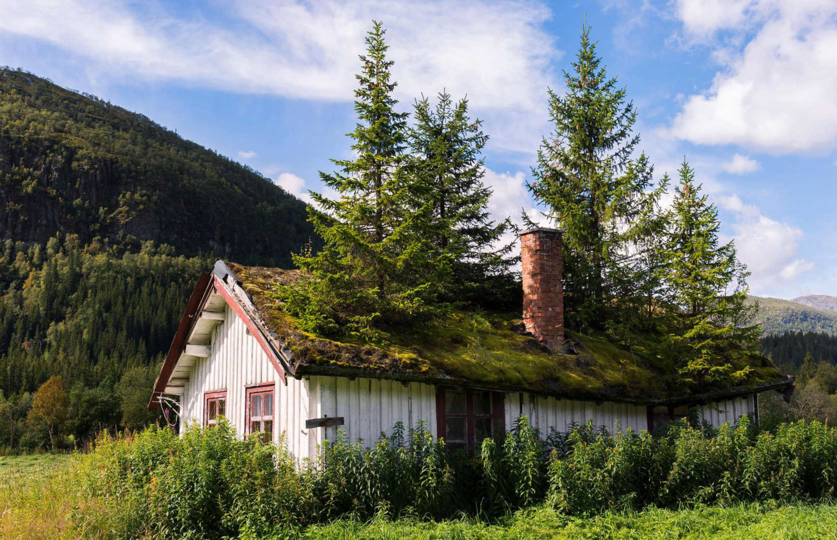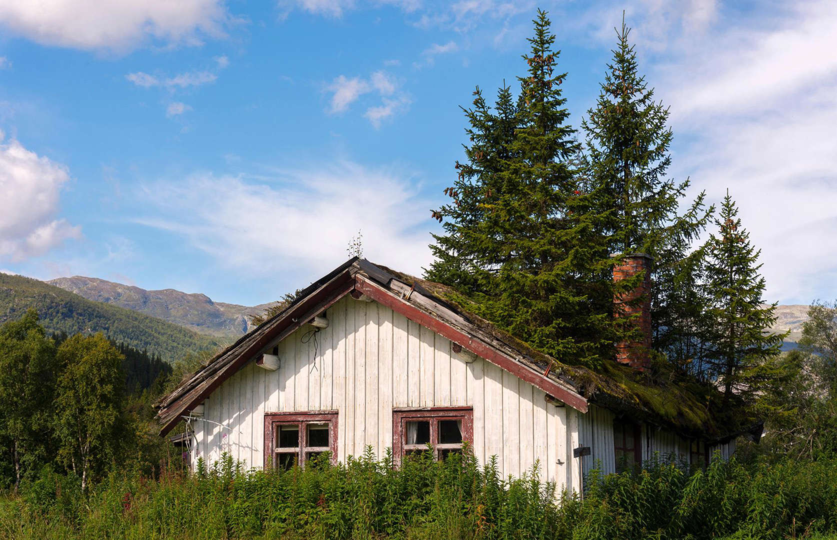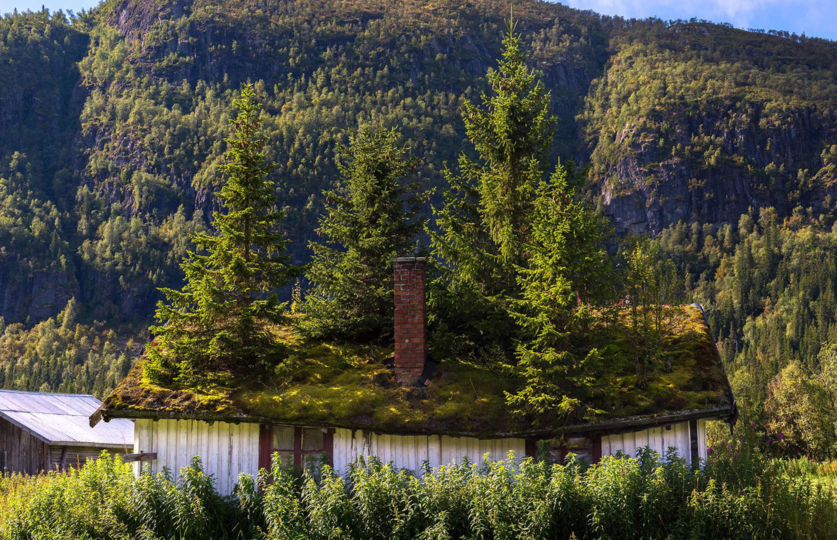Architectural, Structural, and Engineering Challenges Analysis of Fir Tree House, Hemsedal, Norway

Fir Tree House, situated in the mountainous region of Hemsedal, Norway, is an exemplary model of organic and sustainable architecture that harmonizes with the stunning natural landscape and cold climate of the area. This house showcases innovative structural engineering strategies and eco-friendly design principles.
Design Objectives:
- Minimize impact on the natural environment and integrate the building with nature
- Use local and natural materials to adapt to the climate
- High resistance to harsh winter weather and strong winds
Architectural Features
Form and Design Concept
- The design of Fir Tree House draws inspiration from coniferous trees (such as pine and spruce) that are common in the mountainous Hemsedal region.
- The structure is tall and elongated to offer expansive views of the natural landscape and optimal sunlight exposure.
- The house's sloping lines are designed to naturally shed snow from the roof.
Spatial Plan and Space Utilization
- The house features open and flexible spaces that maximize natural light.
- Extensive glass walls, instead of solid walls, create a strong visual connection with the surrounding nature.
- The interior is covered with natural wood, providing warmth and comfort and serving as thermal and acoustic insulation.
Materials and Construction Technology
- Natural wood (local spruce and pine): to reduce carbon footprint and harmonize with the environment
- Reinforced concrete foundation: to resist lateral forces from wind and snow
- Strong insulation with rock wool and natural insulating foams to conserve energy and prevent heat loss
Structural Features and Engineering Challenges

Resistance to Snow Loads and Harsh Weather Conditions
- Heavy snow loads: The steep roof design prevents snow accumulation, minimizing excess weight.
- Use of laminated wood beams (Glulam) with high resistance to pressure and moisture.
- Stainless steel connections to prevent corrosion from high humidity and temperature changes.
Foundation System and Stability Against Strong Winds
- The building is set on a deep, frost-resistant concrete foundation to prevent ground movement during freeze-thaw cycles.
- Use of steel piles in sensitive areas for stability against soil surface changes due to freezing.
Interaction with the Environment and Sustainable Design
- Minimal environmental impact: The house is elevated on metal and concrete columns to minimize ground disturbance.
- Use solar energy and heat recovery to reduce energy consumption during cold winters.
- Triple-glazed windows and insulated doors: to minimize energy loss and increase energy efficiency.
Proposed Solutions for Increased Durability and Sustainability
✅ Use of moisture-resistant coatings on wood to prevent decay and extend the structure's lifespan
✅ Optimization of rainwater and snow drainage around the foundation to prevent moisture infiltration
✅ Installation of smart energy management systems to reduce electricity and heating consumption
✅ Creation of safe access paths in winter with freeze-resistant ramp designs

Fir Tree House exemplifies sustainable, nature-centric architecture that is resilient to the harsh conditions of Hemsedal's mountainous region. Constructed from wood, concrete, and glass, it is designed to be energy-efficient and durable. Structural challenges, including snow loads, strong winds, freezing, and thermal balance, are managed with a suitable roof slope, strong insulation, and a deep foundation. This house beautifully combines modern architecture with the natural landscape of Norway, emphasizing visual appeal, structural durability, and energy efficiency.




















